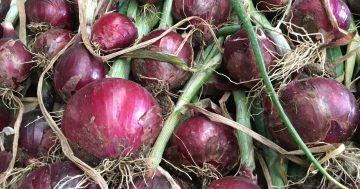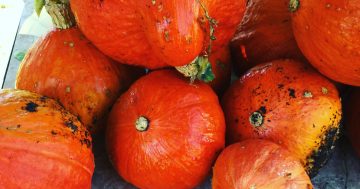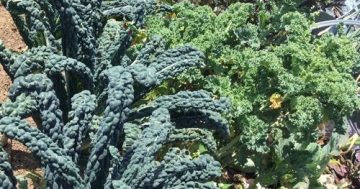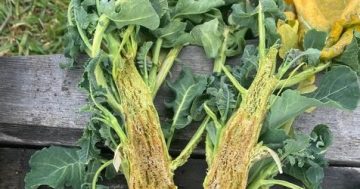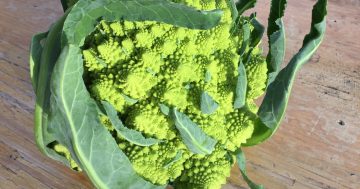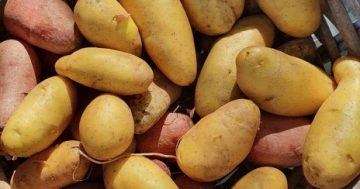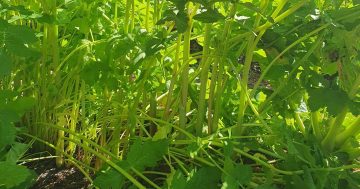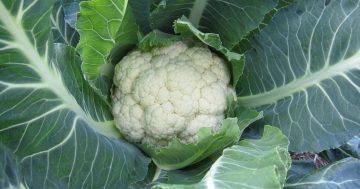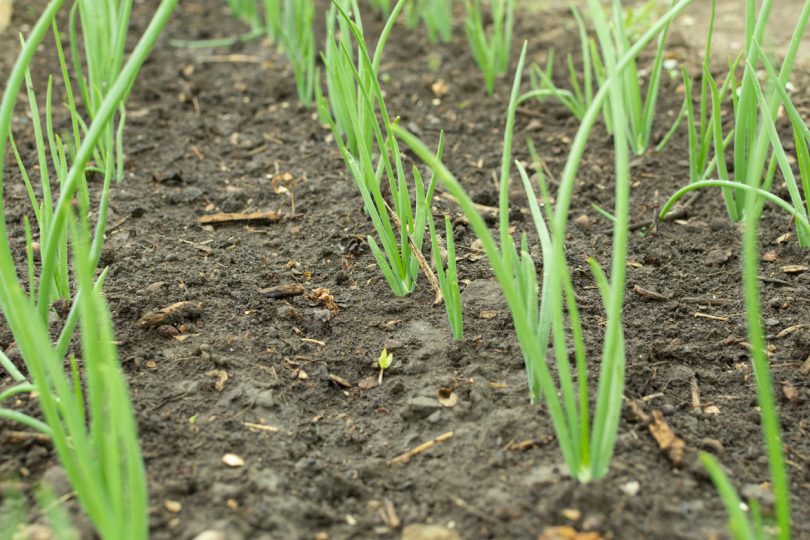
If I were asked “what vegetable could you not do without?” there is only one answer – onions. Photo: File.
I am often asked, “what is your favourite vegetable?” But the answer to that question always depends on the season.
By late winter my mind will be savouring the anticipation of spring treats – fresh peas and asparagus.
If I were asked in November, I would swear it was tomatoes and at this time of year, I am in love with the sweet, crunchy, winter carrot crop.
If the question was re-worded to “what vegetable could you not do without?” there is only one answer – onions.
Many years ago, Clara, a worker at Allsun, was given the job of planting our onion seedlings. She complained bitterly about how many had to go in the ground and how long it was taking.
“This seems a lot of onions to have to plant,” she whinged, and then I explained that an average family uses around one onion a day and if onion soup is on the menu then you’d need at least five. So my rule of thumb is a family of four needs to plant about 500 onions.
Today, Clara is in charge at Four Season Farm, started by her author and gardening father Eliot. They grow tens of thousands of onions every season (check her out on Instagram @farmerclara).
Now is the time to plant onion seeds. To encourage quick germination, plant them in seed trays in a warm spot. They do not like to germinate in a rich potting mix so add some extra sand.
Onions are slow growers and your seedlings won’t go in the ground until September when you need to make sure the beds are really well prepared, free of weeds and have plenty of nitrogen. Nitrogen encourages fast growth of large, leafy tops which results in large bulbs.
Timing is absolutely crucial because onions are biennials. They form bulbs in year one and flower in year two. The process of bulbing is triggered by day length so the varieties you choose to grow are limited by the latitude of your garden:
- Long day onions prefer latitudes of 37–47°
- Intermediate day onions prefer latitudes of 32–42°
- Short day onions prefer latitudes of 25–35°.
Intermediate or short day length onions are the ones to grow in Canberra (35.2809° S). Over the years we have grown many different varieties but have settled on the quick-growing Italian variety Red Tropea for our early salad onions and the slower growing Pukekohe/Cream Gold and Californian Red/Red Shine for our keepers.
The trick is to sow the seeds now. If you go too early they can be tricked into thinking it is their second season and you will get thick stems with beautiful flowers, still edible, but they will not keep like the well necked-off tight bulbs that are supposed to form in year one.
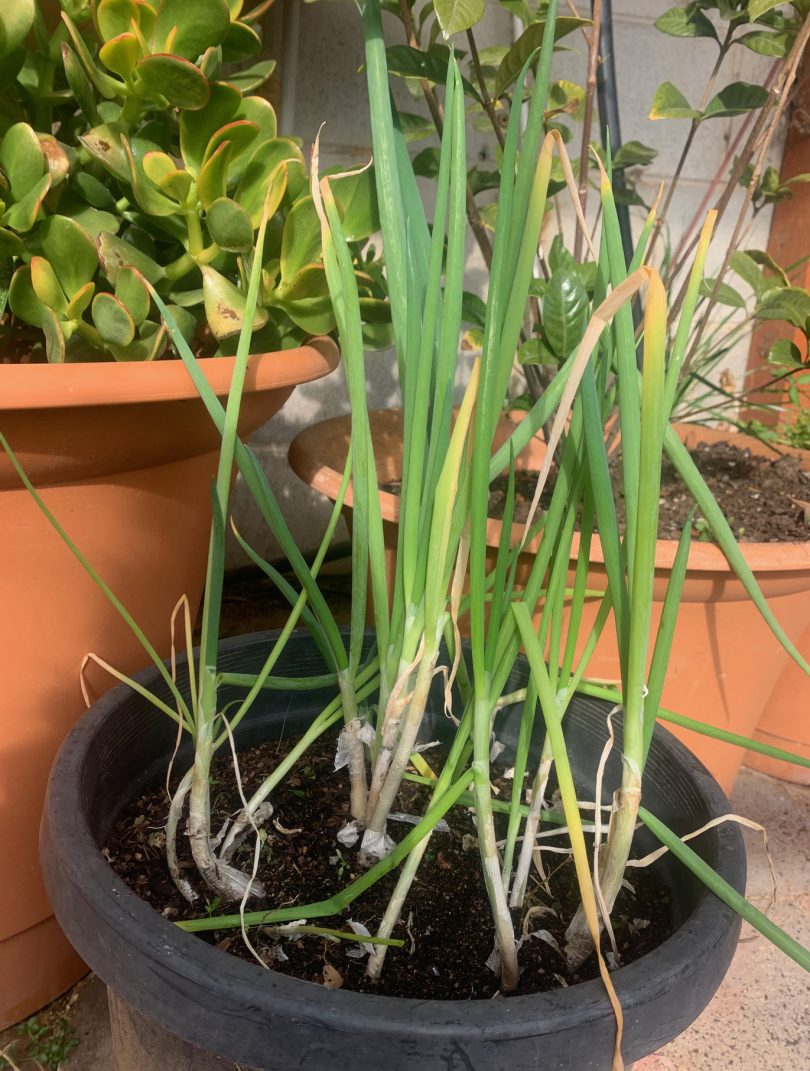
Spring onions can be grown in pots for a fast harvest. Photo: Supplied.
There are always times when you run out of storage with onions, so every six weeks or so we plant a short row of spring onions which are daylight independent. We are harvesting them now from pots in our solarium near the house.
The other things to look for are Egyptian Walking Onions. Pop them in your perennial borders and they will always be there to pick. Give them to friends to grow or just let them fall on the soil and where they will take root and produce more for you to eat.
What I’m Eating:
- Beetroot
- Broccoli
- Cabbages
- Carrots
- Chinese greens
- Garlic
- Kale
- Onions
- Parsley
- Parsnips
- Potatoes
- Pumpkins
- Radishes
- Rhubarb
- Salad greens
- Silverbeet
- Snow peas
- Spring onions.
What Seeds I’m Planting
- Broad Beans
- Peas
- Onions (early varieties Hunter River Gold, Early Flat White, Violetta Lunga)
- Salad mix (undercover from frosts)
- Wintergreen manures (field peas, rye corn, oats, vetch, lupins, mustard).
Joyce Wilkie has farmed vegetables and free-range poultry at Allsun Farm, Gundaroo for decades. Educating people about where their food comes from and teaching them how to grow it is her abiding passion.













